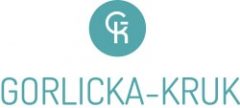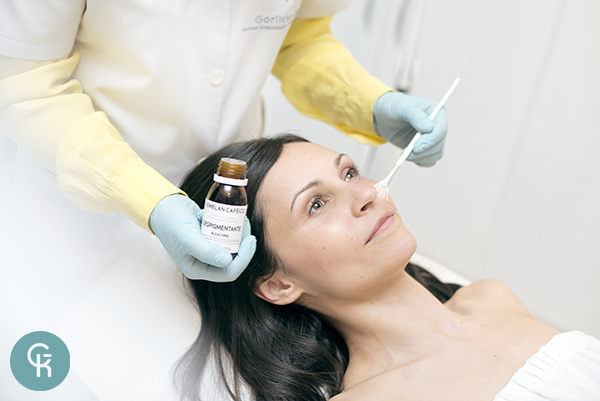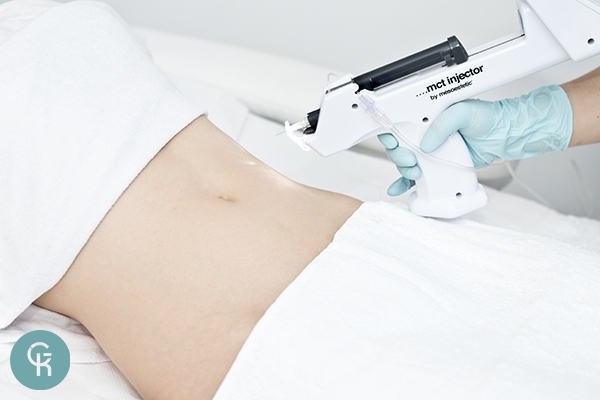Acne appears in more than 80% of people aged 12-24 and is more and more frequent in case of 30- or 40-year-olds. When not treated, it may be chronic and leave permanent traces such as discolourations and scars. Acne lesions are caused by sebaceous gland hyperplasia, seborrhoea, excessive cornification, presence of bacteria, hormonal imbalances, inflammatory reaction, genetic conditioning, psychological and physical factors, and immunological disorders.
Read moreThere are diverse reasons for hair loss in men and women. Baldness is definitely less frequent in women and it does not lead to such hair loss as in case of men. In the case of approximately 80% of women, hair loss is caused by hereditary factors which are intensified under the influence of hormonal factors, such as menopause, thyroid dysfunction (hyperthyroidism or hypothyroidism), diseases of adrenal glands, pituitary gland and ovaries.
Read moreCellulite (lipodystrophy), or hydropic-fibrous degeneration of connective tissue, is a problem experienced by the majority of women. Statistics show that 90% of women from civilised countries are afflicted by orange peel. Cellulite may appear irrespective of age, body weight or lifestyle. It is a problem of both obese and very slim women, women who practice sports, mothers and teenage girls.
Read morecauses, dilation of capillaries may be caused by external factors such as solar radiation, temperature changes, wind, frost, air-conditioning, sauna, sunbeds, spicy dishes, hot drinks, intensive physical activity, cosmetics that cause skin irritation and drugs that cause dilation of capillaries. Stress and an inadequate diet should also be added here.
Read moreDiscolourations are spots darker than the surrounding healthy skin. They take colours of varied intensity and may differ in size and shape. They are created as a result of excessive melanin production in skin cells.
Read morepose tissue which is not reduced even when a diet or physical exercises are used is a problem experienced by many people and it affects various body parts. Fat accumulated on thighs, abdomen, hips, under buttocks, on knees, arms, back and chin is not easy to burn.
Read moreThe skin contains 70% of water. Water deficiency in the organism has an influence on our appearance. Dehydrated skin is characterised by temporary deficit or deficiency in NMF (natural moisturising factors) or moisturisers occurring in the epidermis: amino acids, pyroglutamic acid salts, lactic acid salts and urea.
Read moreAlmost all of us are affected by stretch marks. The factors that contribute to the appearance of stretch marks include sudden weight loss or gain and excess cortisol (stress hormone) produced by the adrenal cortex. As a result of skin stretching, skin layers are separated and long red or white scars are produced but with no actual damage to the skin along its entire depth.
Read moreWrinkles, loss of firmness and elasticity are biological symptoms of skin ageing. The first slight and shallow wrinkles can be noticed as early as around the age of 23-25. Over time, collagen production is reduced, the skin loses its natural hydration, colour and firmness. It begins to age slowly.
Read more








